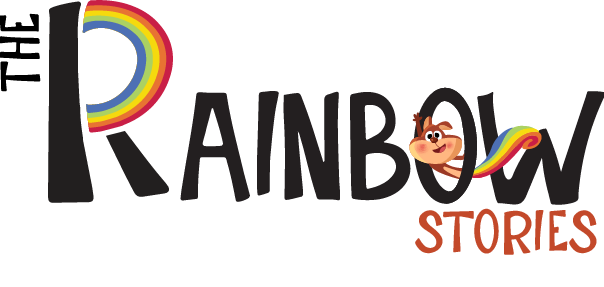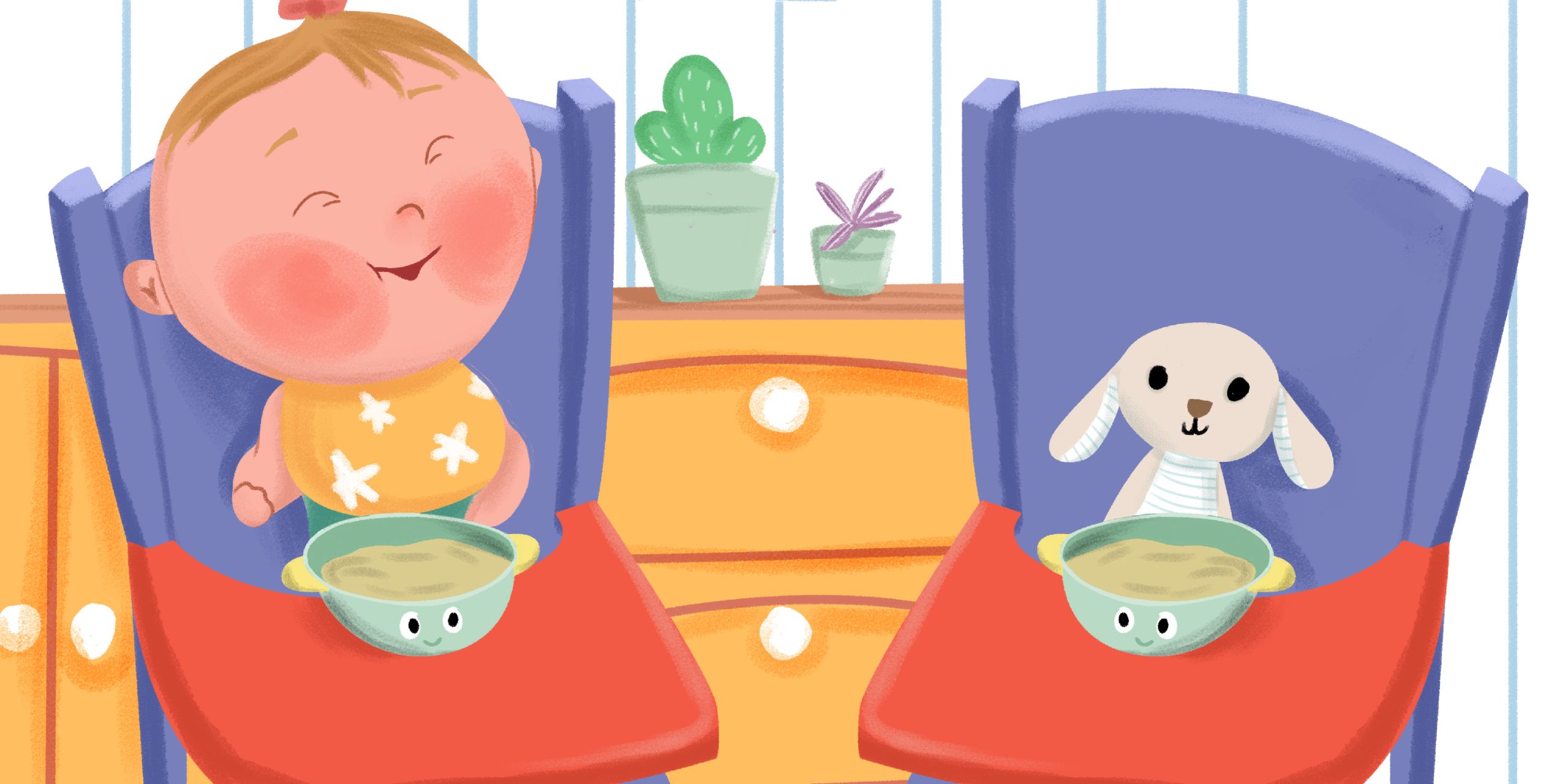Imagine starting your child’s day with a bright, sturdy board book and watching them absorb every word and picture. These early children’s books lay the foundation for language, imagination, and emotional growth. Reading aloud fosters bonding and helps babies recognize sounds, words, and visual patterns—all critical elements of emergent literacy.
It also supports later cognitive skills like reasoning, sequencing, and decision-making. Whether you’re choosing infant classics or fresh children’s picture books, thoughtful selection personalizes the reading journey and sets the stage for lifelong reading enjoyment and learning.
Understanding Children’s Books vs. Picture Books
Children’s books is a broad category covering formats from board books to early chapter books, while children’s picture books typically target ages 3–8 with rich illustrations and concise narrative (turn0search0) though standard length can reach around 1000 words depending on plot complexity (turn0search6). Picture books closely integrate text and art to tell stories visually (turn0search10). Understanding this difference helps caregivers choose educational books for children matched to their stage.
You can also check our guide on why imaginative personalized books make the best gifts for kids
Board Books & Baby Essentials
For babies (0–18 months), simple and sturdy titles like Goodnight Moon or Pat the Bunny serve best. These books for young children often feature sensory elements—textures, flaps, or high‑contrast visuals—to engage early attention (turn0search11; turn0search17). Titles such as Brown Bear, Brown Bear, What Do You See? remain timeless favorites in books for young readers due to rhythmic language and vivid animal art (turn0search27).
Sensory & Interactive Baby Books
Interactive board books like Usborne’s That’s Not My… series, with touch‑and‑feel textures, help infants explore cause‑and‑effect and sensory recognition (turn0search28). Books like Pat the Bunny pioneered tactile reading—children pat fur, peek through flaps, or sniff built‑in scents—creating immersive experiences in early childhood reading (turn0search30). These titles support calm engagement and bonding during shared story sessions.
Transitioning from Baby to Toddler
Between about 12 and 24 months, toddlers begin mastering new words, object names, and sentence structures—marking a pivotal shift in early childhood reading. At this stage, caregivers should introduce simple children’s picture books or narrative board books that use repetition, familiar routines, and rhymes to reinforce vocabulary and anchor emerging plot comprehension.
Such books help toddlers anticipate story flow and boost recognition through repeated reading, which facilitates deeper understanding and memory retention. Familiar themes paired with interactive dialogue give toddlers the confidence to explore stories and build narrative curiosity.
Toddler Favorites & Early Picture Books
By ages two to three, toddlers delight in rhyme-rich, character-driven children’s books like Sandra Boynton’s Moo, Baa, La La La! and similar playful titles. These books for young readers use repetition and rhythm to strengthen phonological awareness, vocabulary, and memory retention.
Research shows that rhythmic patterns in picture books help toddlers anticipate story structure, making reading predictable and engaging. Classroom favorites like Brown Bear, Brown Bear… support this development through simple, colorful illustrations paired with repetitive text—helping children learn to recognize patterns and build confidence in early reading skills.
Interactive Books that Encourage Play
Children’s picture books like Hervé Tullet’s Press Here and Ed Emberley’s Go Away, Big Green Monster! deliver interactive prompts—touch, shake, turn—that invite children’s participation (turn0news22). These educational books for children combine storytelling with play, fostering engagement and cognitive interactions. Interactive elements promote anticipation, fine motor skills, and shared laughter—key to bonding and developmental growth.
Tips for Choosing Age-Appropriate Books
Look for durable format and sensory appeal for infants—board books with bold visuals, simple words, and tactile features. For toddlers, choose short children’s picture books with narrative arcs, relatable themes, and gentle humor. Classic and modern titles alike offer educational content while keeping young readers captivated and eager to read again.
Building a Reading Routine for Bonding and Learning
Establishing daily storytime—even from the newborn stage—strengthens early childhood reading habits and parent-child connection. Use expressive voice, animated faces, and interactive naming to hold attention. Asking simple questions or encouraging pointing at images helps turn passive listening into active learning.
Why These Make the Best Children’s Books to Gift
When considering Best children’s books to gift, look for titles that match a child’s age and developmental needs. For infants: interactive board books like Pat the Bunny and Where’s Spot?. For toddlers: engaging children’s picture books with rhyme and repetition. Gifting these shows thoughtfulness and supports lasting reading enjoyment—answering “What is the greatest gift to a child?” with meaningful storytelling.
Educational & Emotional Benefits
Well-chosen children’s books support vocabulary growth, narrative understanding, and emotional awareness. Repeated reading builds memory and introduces social concepts like friendship and empathy. Role‑playing favorite stories helps children internalize themes and practice emotion recognition in a playful context.To understand this better, read about the science behind imaginative play and personalized storytelling.
Recommended Titles by Age
- Babies (0–12 months): Goodnight Moon, Brown Bear, Brown Bear…, Pat the Bunny — sensory-rich and durable board books.
- Toddlers (1–3 years): Moo, Baa, La La La!, pop‑up or flap books like That’s Not My…, interactive titles Press Here. These books for young readers balance narrative and play.
Research & Real-World Insight
Studies show that infants respond more to high-contrast visuals and interactive textures, fueling sensory development (turn0search11). Reddit threads and parent reviews frequently praise favorites like Brown Bear, Brown Bear… and Indestructibles as engaging classics that stand the test of toddler wear and tear (turn0search5). The Washington Post highlights how children’s picture books combine art and text into rich cognitive experiences for young readers (turn0news25). Picture books are not just stories—they are tools of learning and artistic appreciation.
Conclusion
Establishing a reading routine with high-quality children’s books from infancy builds lasting advantages. Shared reading—starting with simple board books—enhances language acquisition, emotional bonding, and cognitive development by exposing young children to rich vocabulary, structure, and interaction.
Parents naturally scaffold these early literacy experiences through eye contact, expressive narration, and reciprocal exchanges. As toddlers progress to children’s picture books—with engaging illustrations and simple stories—they deepen attention, comprehension, and emergent literacy skills.
From sensory board books to playful picture books, The Rainbow Stories offers thoughtful selections that nurture curiosity and confidence. These books earn their place among the best children’s books to gift and become foundational tools for learning and joy. To dive deeper, explore the benefits of personalized kid books.

